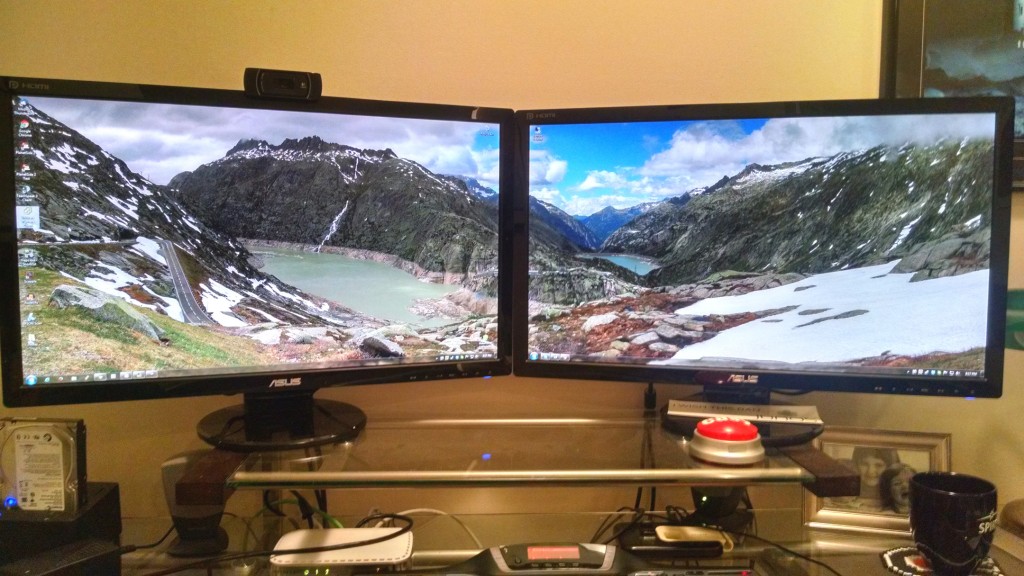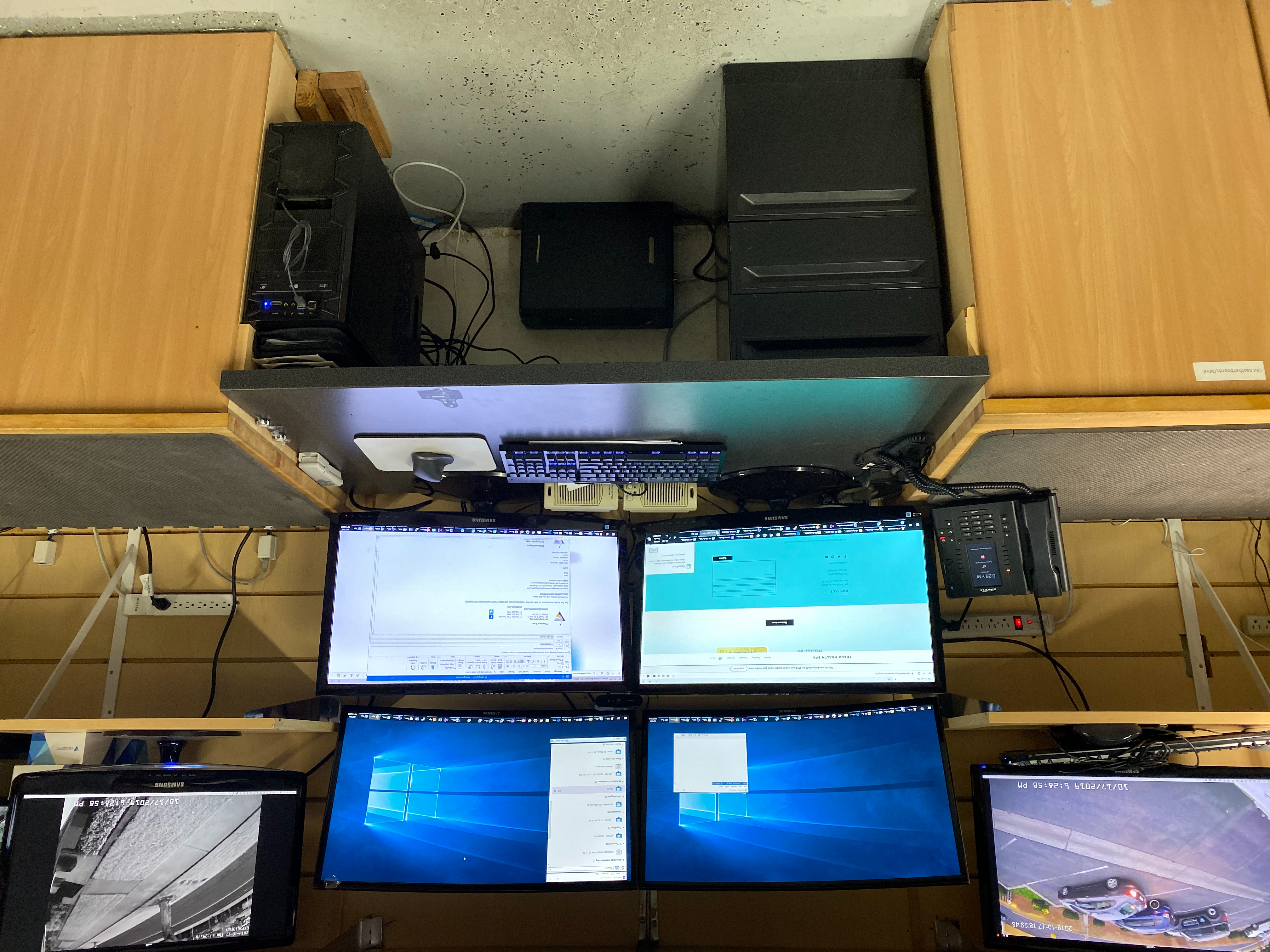

- #Multiple monitor displays code#
- #Multiple monitor displays Pc#
- #Multiple monitor displays windows 8#
- #Multiple monitor displays windows#
#Multiple monitor displays windows#
Duplicate: Windows will show the same image on all monitors.
#Multiple monitor displays Pc#

#Multiple monitor displays windows 8#
To quickly choose how you want to use your display on Windows 8 or 10, press Windows+P on your keyboard. However, Windows may mirror your displays instead, showing the same thing on each one by default If that’s the case, you can easily fix that. You can now just drag and drop windows between monitors. Just plug the monitor into the appropriate port on your computer, and Windows should automatically extend your desktop onto it. Windows makes using multiple monitors easy. Be sure to take your computer’s ports into account before you get another monitor for it. If you have an old VGA monitor lying around and you have a modern laptop with only DVI or HDMI connectors, you may need an adapter that allows you to plug your monitor’s VGA cable into the new port. This all depends on the ports your computer has and how your monitor connects. RELATED: What's the Difference Between HDMI and DVI? Which is Better? Plug a monitor into your laptop’s DisplayPort, DVI, or HDMI port and Windows will allow you to use both your laptop’s integrated display and the external monitor at once (see the instructions in the next section). Most laptops also come with ports that allow you to hook up an external monitor. Some computers may include splitter cables that allow you to connect multiple monitors to a single port. Most new desktop computers come with more than one port for a monitor-whether DisplayPort, DVI, HDMI, the older VGA port, or a mix. Hooking up an additional monitor to your computer should be very simple. That’s where dual monitors can come in handy. If you have a large, high-resolution monitor, it will allow you to see a lot. But for many monitors (especially those on laptops), things will seem very cramped. But how useful this feature is depends on your monitor’s size and resolution. If you just have a single monitor, you can also use the Snap feature to quickly place multiple Windows applications side by side. Geeks who just want to watch a video on one screen while doing something else on the other screen.Gamers who want to see more of the game world, extending the game across multiple displays.People who need to keep an eye on information, whether it’s email or up-to-date statistics, while working.Viewing a web page while writing an email, viewing another document while writing an something, or working with two large spreadsheets and having both visible at once. Anyone who needs to view something while working.They can just glance over at the documentation and look back at their primary workspace.
#Multiple monitor displays code#
Coders who want to view their code on one display with the other display reserved for documentation.Some examples of use cases for multiple monitors include: That way, rather than Alt+Tabbing and task switching to glance at another window, you can just look over with your eyes and then look back to the program you’re using. When you hook multiple monitors up to a computer, you can move your mouse back and forth between them, dragging programs between monitors as if you had an extra-large desktop. Multiple monitors give you more screen real estate.


 0 kommentar(er)
0 kommentar(er)
